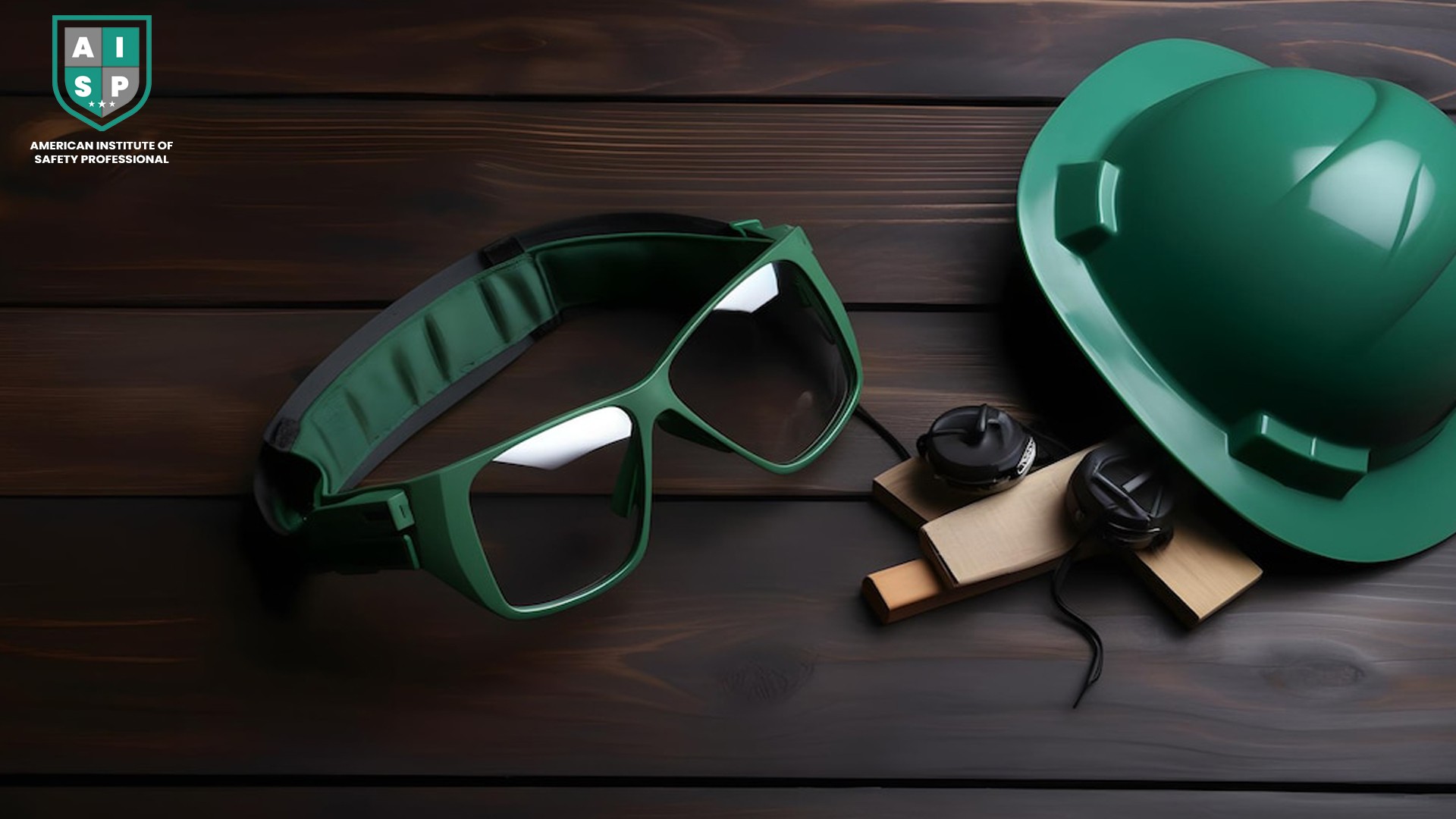Respiratory protection is a crucial aspect of workplace safety, especially in environments where employees are exposed to airborne hazards. Respirators and masks play a vital role in minimizing the inhalation of harmful particles, gases, and vapors. In this blog, we will provide an overview of respirators and masks, highlighting their types, functionality, and appropriate applications. Understanding these essential protective devices will help employers and employees make informed decisions when it comes to respiratory protection.
1. Respirators: Filtering Facepiece Respirators (FFRs)
Filtering Facepiece Respirators (FFRs), commonly known as N95 respirators, are widely used in various industries. They are designed to filter out at least 95% of airborne particles, including dust, smoke, and microorganisms. FFRs create a tight seal around the face, covering the nose and mouth, and are made of electrostatically charged filter material. These respirators provide effective protection against particulate matter but do not offer protection against gases or vapors.
2. Respirators: Half-Face and Full-Face Respirators
Half-face and full-face respirators provide protection against both particulate matter and gases/vapors. They feature a facepiece that covers the nose, mouth, and, in the case of full-face respirators, the eyes as well. These respirators utilize filters and cartridges to remove airborne contaminants. Half-face respirators are commonly used when exposure levels are relatively low, while full-face respirators offer enhanced protection and are suitable for high-risk environments.
3. Powered Air-Purifying Respirators (PAPRs)
Powered Air-Purifying Respirators (PAPRs) consist of a facepiece, a blower unit, and a filter. Unlike other respirators, PAPRs use a powered fan to draw air through the filter, supplying clean and filtered air to the wearer. PAPRs offer increased comfort and ease of breathing, making them suitable for extended periods of use. They are often used in industries where there is a high concentration of airborne contaminants or when other types of respirators may not provide adequate protection.
4. Surgical Masks
Surgical masks, also known as medical masks, are primarily used in healthcare settings to protect against droplet transmission. They are loose-fitting, disposable masks that cover the nose and mouth. Surgical masks are designed to protect others from respiratory droplets generated by the wearer, rather than providing personal protection. These masks are effective in preventing the spread of infectious diseases and are not suitable for protection against airborne particles or hazardous gases/vapors.
5. Dust Masks
Dust masks also referred to as particulate respirators, are lightweight masks that provide protection against non-toxic airborne particles. They are commonly used in industries where there is a presence of dust, pollen, or other non-hazardous particulates. Dust masks are disposable and come in various levels of filtration efficiency. It is important to note that dust masks do not provide protection against gases, vapors, or harmful chemicals.
Choosing the Right Respiratory Protection
Selecting the appropriate respiratory protection depends on several factors, including the nature of the hazards, exposure levels, and workplace conditions. It is crucial to conduct a thorough assessment of the specific respiratory hazards present in the workplace and consult relevant guidelines and regulations. Engaging with respiratory protection experts can help determine the most suitable type of respirator or mask for the given environment.
Proper Use and Maintenance
Regardless of the type of respiratory protection chosen, it is essential to ensure proper use and maintenance. Employees should be trained on how to properly wear, fit, and seal the respirators or masks to their faces. Regular inspections, cleaning, and replacement of filters or cartridges are necessary to maintain the effectiveness of respiratory protective devices. Additionally, users should be aware of the limitations of their chosen respiratory protection and understand when it needs to be replaced or upgraded.
Conclusion
Respirators and masks are vital tools in protecting workers from respiratory hazards in the workplace. Whether it's N95 respirators, half-face or full-face respirators, PAPRs, surgical masks, or dust masks, each type has its specific functions and applications. By understanding the different options available, employers and employees can make informed decisions when it comes to selecting the appropriate respiratory protection. Remember, proper use, regular maintenance, and compliance with relevant guidelines are key to ensuring the effectiveness of respiratory protective devices and safeguarding respiratory health in the workplace.





0 comments
No Comments